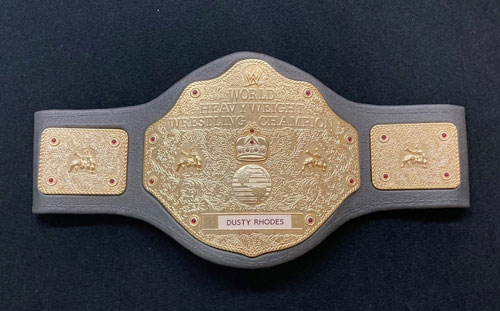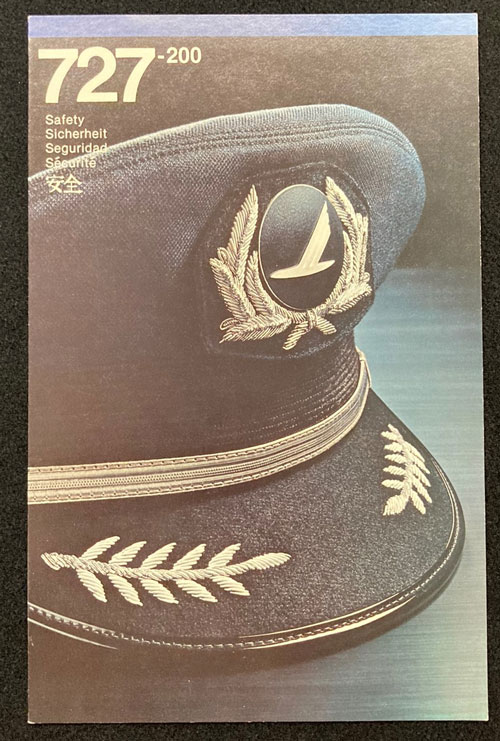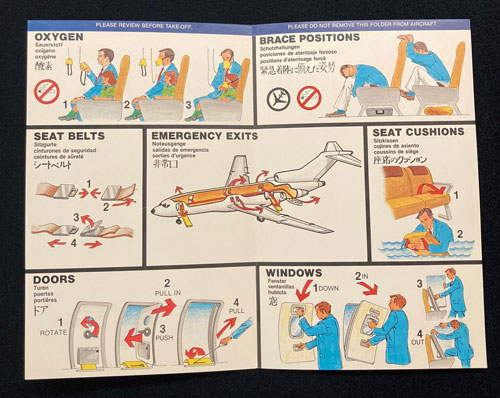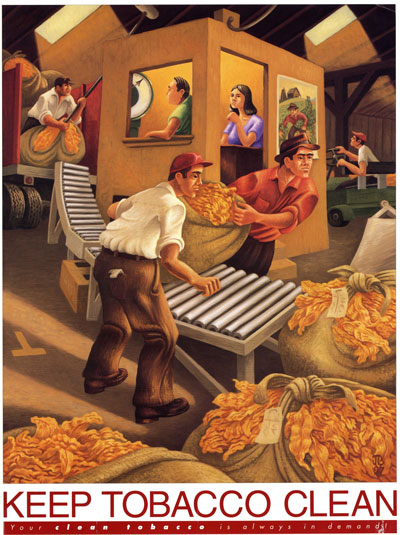
“Richmond-based painter J. Bohannon was born in New York City in 1950 and moved with his family at age 2 to Hilton Village, [Va.], Newport News and later, as a teenager, to Hopewell. After studying art at the Richmond Professional Institute (now Virginia Commonwealth University) in the late 1960s and early 1970s, Bohannon worked as a salesman in his father’s art supply store, selling his own original artwork on the side. By his own admission, his paintings of the time were derivative of the European high art and contemporary abstraction he had studied at RPI. Then one day he picked up a copy of Matthew Baigell’s The American Scene: American Painting of the 1930s (1974) from a discount book bin. Until then, Bohannan says, he had never really seen, much less studied, modern American painting, despite four years of formal art education.
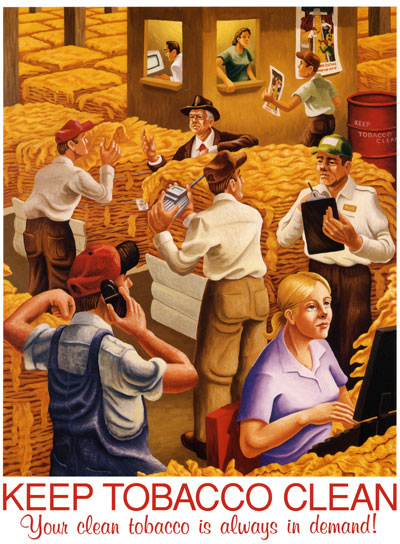
“Working alongside street artists in Verona and Munich, copying famous Caravaggios and Bouchers in pastel on public sidewalks, Bohannan developed a passion for ‘plastic realism,’ embedding human forms in visual space in a way that is, as Bohannon puts it, ‘more there than right’ — that is, more materially present than technically correct.
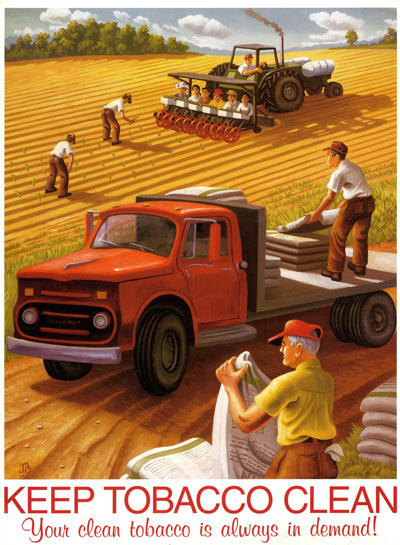
After his return to Virginia from Europe, Bohannon began developing a latter-day American Scene style, and his career took off in a wave of commissions. In 1995, after an employee of Philip Morris saw one of his paintings in a Richmond coffee shop, the company hired Bohannon to create the artwork for its ‘Keep Tobacco Clean’ poster series, intended for display in its growers’ warehouses.”
— From “Multiple Exposure: Catablog of the Visual Studies Collection @ the Library of Virginia”
“In the 1990s [Philip Morris] began its push for ‘cleanliness’ by furnishing auction warehouses with red garbage barrels and immense red banners [reading], ‘Keep Tobacco Clean’ with white lettering against a red background that mimicked Marlboro packaging.
“At a time when the auctions were still operating and growers were not yet directly contracted with firms, the signs expressed corporate power and subtly implied that more stringent demands were coming down the pike….”
— From Tobacco Capitalism: Growers, Migrant Workers, and the Changing Face of a Global Industry” by Peter Benson (2012)

